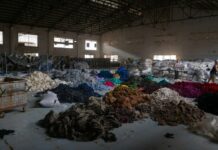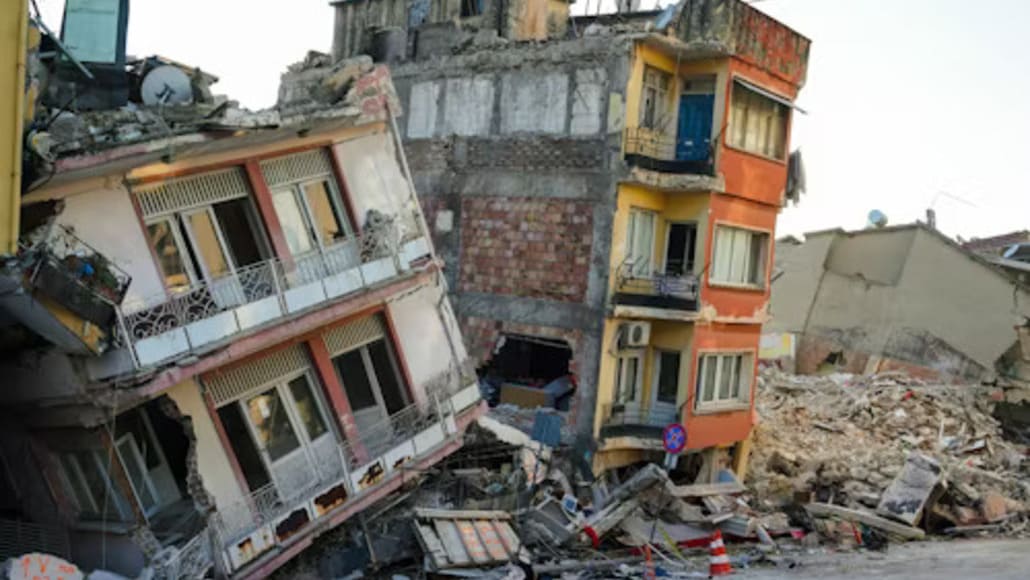On March 28, 2025, a devastating 7.7 magnitude earthquake struck central Myanmar, leading to significant challenges for the fashion supply chain that relies heavily on this region. The earthquake’s impact on workers, production facilities, and overall supply chain logistics is profound, necessitating immediate attention and support from fashion brands sourcing from Myanmar.
1. Disruption to Production Facilities
The earthquake has caused serious damage to factories and production facilities in Myanmar. Reports indicate that some buildings collapsed, which can lead to halted operations. As Myanmar is a key sourcing destination for many global fashion brands, any disruption in production can cause significant delays in the supply chain. For instance, brands that depend on timely deliveries may face challenges meeting consumer demand, leading to potential financial losses.
2. Impact on Workers and Communities
The earthquake has displaced numerous workers and affected their families, further complicating the situation. In addition to the immediate physical danger, the loss of homes and access to basic needs such as food and healthcare can worsen the already precarious living conditions for many. A significant portion of the workforce in the textile industry consists of women, who are often paid low wages and lack social security. Fashion brands are being urged to support their workers and local communities during this crisis by providing aid and resources.
3. Increased Pressure for Ethical Practices
The earthquake serves as a stark reminder of the vulnerabilities faced by workers in developing countries within the fashion supply chain. It highlights the need for brands to ensure ethical sourcing practices that not only consider profitability but also the welfare of workers. Supporting initiatives that promote safe working conditions, fair wages, and resilience against such natural disasters can foster a more sustainable fashion industry.
4. Potential for Shifts in Sourcing Strategies
In light of the earthquake, brands may need to reassess their sourcing strategies. Many companies may explore diversifying their supply chains to mitigate risks associated with natural disasters in specific regions. This could lead to increased interest in sourcing from countries with more stable environments or investing in local production to ensure better control over supply chains.
5. Community and Brand Collaboration
Fashion brands have a crucial role to play in their response to the earthquake’s impact. Collaborating with local NGOs and community organizations can amplify efforts to provide relief and support to affected families. Brands that demonstrate a commitment to corporate social responsibility can enhance their reputation and build stronger relationships with consumers who value ethical practices.
6. Long-term Implications for the Fashion Supply Chain
The earthquake’s effects will likely have long-term implications for the fashion supply chain in Myanmar. As brands respond to this crisis, they may also consider investing in infrastructure and community resilience programs. By doing so, they can help ensure that workers are better prepared to cope with future disasters, ultimately benefiting the entire supply chain.
Conclusion
The 7.7 magnitude earthquake in Myanmar is a wake-up call for the fashion industry. It underscores the importance of ethical sourcing practices, worker welfare, and community resilience in building a more sustainable global fashion supply chain. As the industry responds to this crisis, there is an opportunity to foster lasting changes that prioritize the well-being of workers and the environment, paving the way for a more equitable fashion landscape.



































